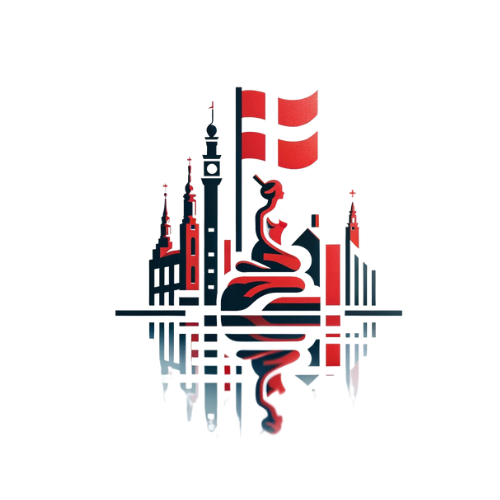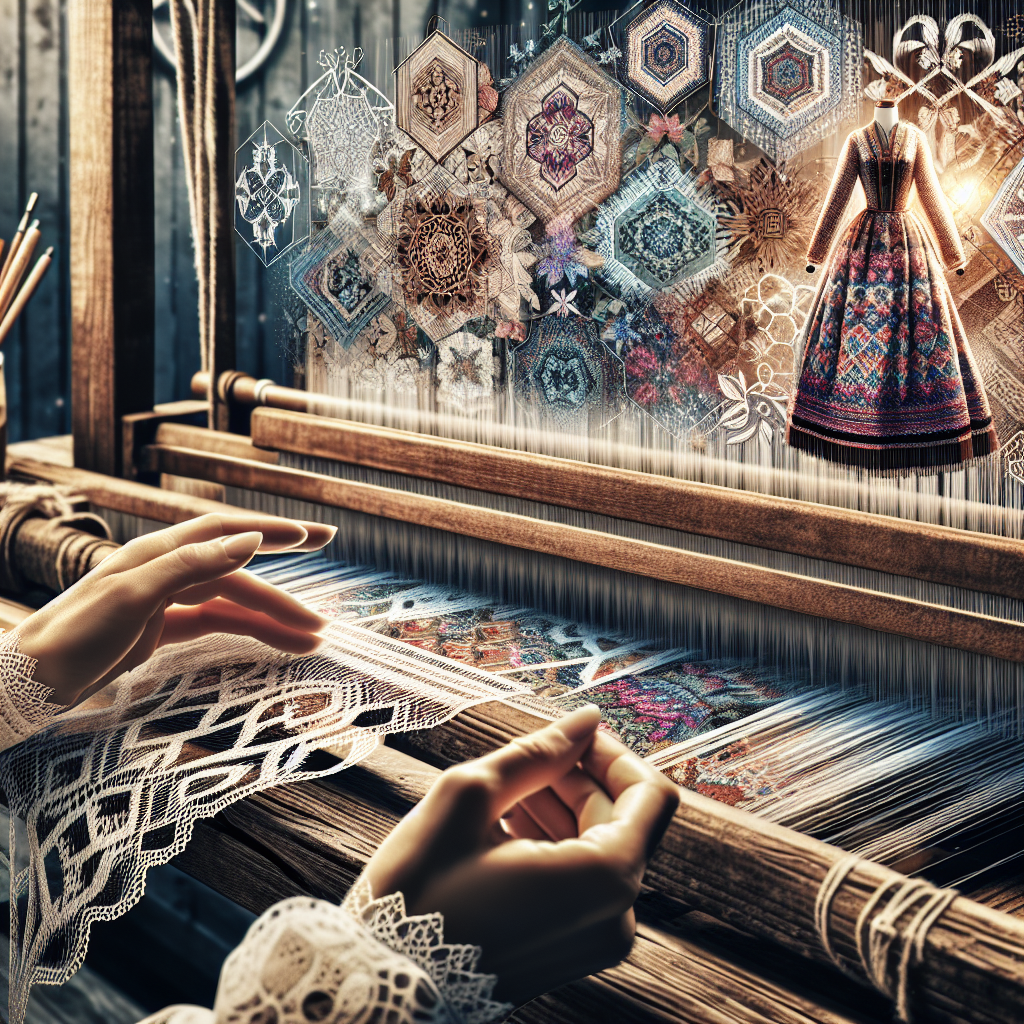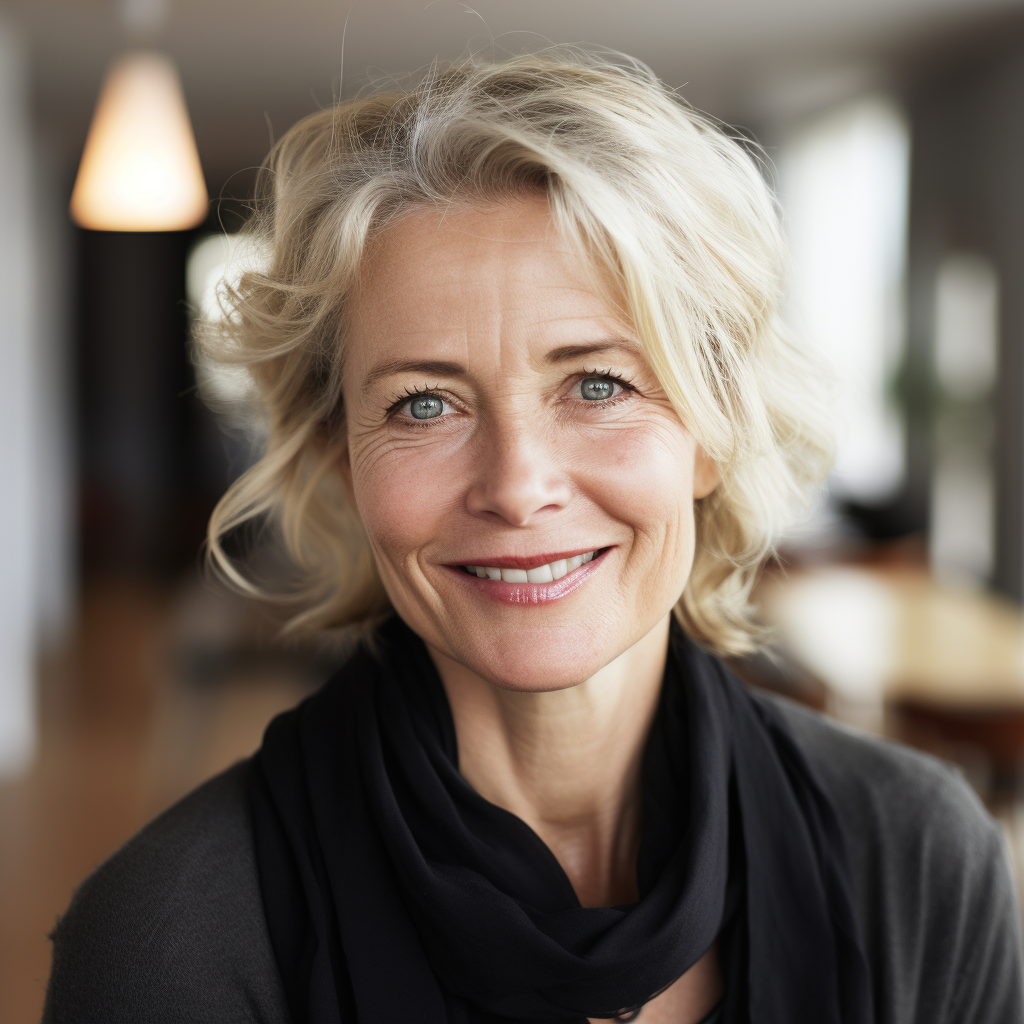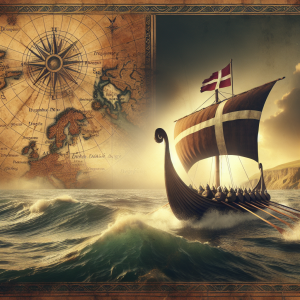As a Danish textile artist, I am deeply passionate about the rich and diverse culture of textile art in Denmark. From the ancient traditions of Viking weaving to the modern innovations of contemporary designers, Danish textile art has played a vital role in shaping our cultural identity. In this article, I will take you on a journey through the history, influences, and contemporary relevance of Danish textile art, and explore the unique techniques and traditions that make it so special.
The Historical Roots
Danish textile art has a long and storied history, dating back to the time of the Vikings. The ancient Danes were skilled weavers and dyers, using locally-sourced wool and plant-based dyes to create intricate and colorful textiles. These ancient traditions have continued to influence Danish textile art to this day, with many contemporary artists drawing inspiration from the patterns and motifs of Viking textiles.
During the Middle Ages, textile production became a significant industry in Denmark, with guilds and workshops producing high-quality fabrics and tapestries for both domestic and international markets. The influence of these medieval artisans can still be seen in the rich tapestries and woven textiles that are synonymous with Danish design.
The Influence of Danish Design
In the 20th century, Danish design became synonymous with modernism and minimalism, and these principles have greatly influenced the world of Danish textile art. Designers such as Arne Jacobsen and Verner Panton embraced clean lines, simple forms, and natural materials, creating a distinct aesthetic that continues to influence textile artists in Denmark and beyond.
Today, Danish textile art is known for its timeless elegance and attention to detail, with a focus on sustainable materials and ethical production practices. Many Danish textile artists are dedicated to preserving traditional techniques while also pushing the boundaries of what is possible with fabric and fiber.
Traditional Techniques and Innovations
One of the hallmarks of Danish textile art is the mastery of traditional techniques such as hand weaving, knitting, and embroidery. These age-old skills have been passed down through generations, and today, there is a thriving community of textile artisans who are dedicated to preserving and evolving these crafts.
At the same time, Danish textile artists are also embracing new technologies and materials, experimenting with 3D printing, digital weaving, and sustainable fibers such as bamboo and organic cotton. This blend of tradition and innovation has resulted in a diverse and dynamic textile art scene in Denmark.
Contemporary Relevance
Today, Danish textile art continues to be a vibrant and integral part of our cultural heritage. We see it in the sleek, handcrafted home goods that adorn our living spaces, the contemporary fashion designs that grace the runways, and the innovative public art installations that celebrate our history and creativity.
As a Danish textile artist, I am proud to be a part of this rich tradition, and I am constantly inspired by the beauty and diversity of our textile heritage. Whether it’s the intricate patterns of traditional Danish folk costumes or the bold, modern designs of contemporary textile artists, the cultural significance of Danish textile art cannot be overstated.
Conclusion
From its ancient origins to its modern-day relevance, Danish textile art is a testament to the creativity, ingenuity, and resilience of our people. It continues to be a source of inspiration for artists, designers, and craftspeople around the world, and I am honored to be a part of this living tradition.
As I continue to explore and create within the world of Danish textile art, I am constantly reminded of the deep connection between our cultural heritage and the art of weaving, stitching, and dyeing. It is my hope that this article has provided you with a deeper appreciation for the rich tapestry of Danish textile art, and inspired you to seek out and celebrate the beauty of our heritage.
- Viking weaving and dyeing
- Medieval textile production
- Modernist influence on Danish design
- Hand weaving, knitting, and embroidery
- Innovations in sustainable materials and technology





